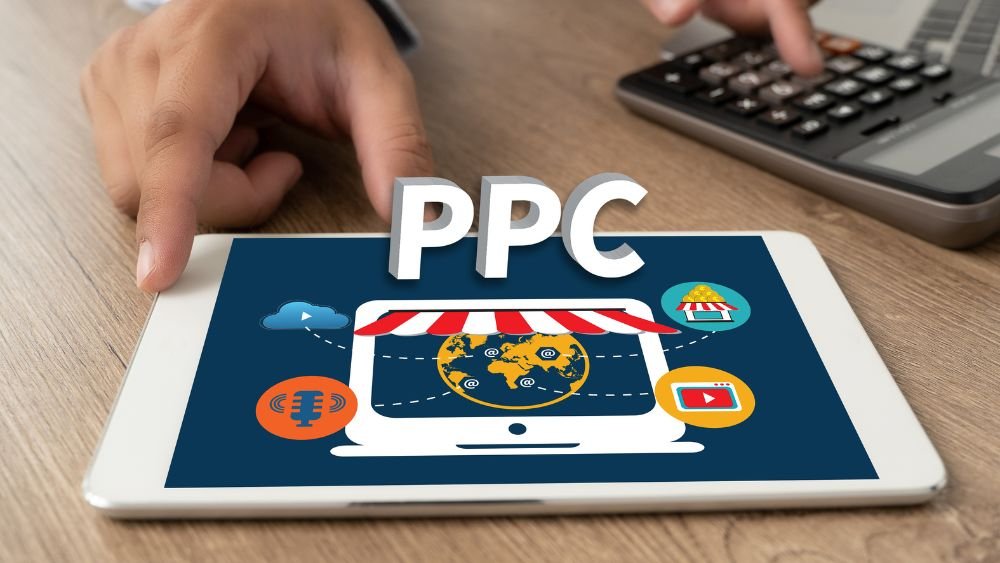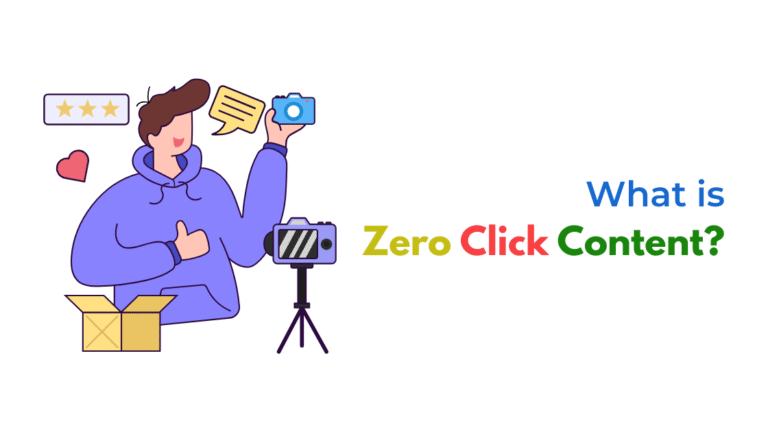PPC ads driving traffic but not generating qualified leads usually result from poor targeting, mismatched messaging, ineffective landing pages, or misaligned keywords. Optimizing audience segmentation, ad copy, and landing page relevance can improve lead quality significantly.

Running a successful PPC (Pay-Per-Click) campaign is about more than just driving traffic. The ultimate goal is to generate qualified leads—those who are ready to convert into customers. If your ads are attracting clicks but not converting into leads that meet your ideal criteria, the issue typically lies in targeting, messaging, or user experience.
Let’s break down the reasons why your PPC ads may be driving traffic without generating the high-quality leads you’re hoping for.
1. Inaccurate Audience Targeting

The most common reason for low-quality leads is poor audience targeting. Even though you’re driving traffic, if it’s not coming from the right audience, those visitors are unlikely to convert into leads.
Why it happens:
- Broad targeting criteria can pull in irrelevant traffic.
- Using a generic audience (e.g., “all website visitors”) instead of focusing on high-intent users.
- Not leveraging negative keywords to exclude irrelevant search queries.
How to fix:
- Refine audience targeting by narrowing your keyword selection.
- Implement negative keywords to exclude irrelevant queries (e.g., “cheap,” “free,” etc.).
- Use remarketing to target high-intent users who have already interacted with your website or content.
2. Mismatch Between Ad Copy and Landing Page
Even if your ads are attracting clicks, a mismatch between your ad copy and the landing page can frustrate visitors, causing them to bounce without converting.
Why it happens:
- Ads that promise one thing but deliver another on the landing page.
- Landing pages not aligned with the user’s search intent or needs.
- Overly general landing pages that don’t address the specific pain points of your target audience.
How to fix:
- Ensure your landing page reflects the exact offer or value proposition mentioned in your ad.
- Align headlines, offers, and CTAs across both the ad and landing page.
- Use ad extensions like callouts and sitelinks to increase ad relevance and provide clear next steps.
3. Poor Keyword Selection
If you’re bidding on the wrong keywords, you’re more likely to attract traffic that doesn’t fit your ideal lead profile. While some keywords may bring volume, they might not bring the right visitors.
Why it happens:
- Bidding on broad match keywords leads to irrelevant searches.
- Using generic keywords without focusing on buyer intent.
- Not incorporating long-tail keywords that reflect specific problems or needs.
How to fix:
- Conduct a keyword audit to identify high-performing, low-competition terms that match your target audience’s search intent.
- Use long-tail keywords to capture users with specific needs (e.g., “best CRM for small businesses”).
- Implement exact match and phrase match keywords for higher relevancy and quality.
4. Ineffective Lead Qualification on the Landing Page
Your landing page needs to filter out unqualified leads immediately to ensure you’re attracting only those ready to convert. A generic form or call to action (CTA) can attract clicks, but not necessarily qualified prospects.
Why it happens:
- Using a one-size-fits-all form asking for minimal info that doesn’t filter out unqualified visitors.
- Offering too many incentives (e.g., a free e-book or webinar) that attract casual visitors instead of serious leads.
- No lead qualification questions to gauge a user’s intent.
How to fix:
- Add lead qualification fields to your form, asking for more details (e.g., company size, budget, role) that help you understand their intent.
- Use clear CTA buttons that target users who are ready for specific actions, like “Request a Demo” or “Speak with an Expert.”
- Consider multi-step forms that progressively collect information, ensuring you capture serious prospects.
5. Weak Call-to-Action (CTA)
Even with strong traffic and a good landing page, a weak or unclear CTA can prevent visitors from taking the next step toward becoming leads.
Why it happens:
- CTAs that are too generic or lack urgency (e.g., “Submit” vs. “Get Your Free Quote Now”).
- No clear benefit communicated in the CTA.
- CTA not standing out on the page, making it hard to find.
How to fix:
- Make your CTA actionable and clear, like “Get Started” or “Sign Up Today.”
- Create a sense of urgency by offering limited-time promotions.
- Ensure your CTA is prominent, visually distinct, and easy to find on the page.
6. Low-Quality Traffic Sources
Even if your ads are well-targeted, you could still face poor lead quality if your traffic comes from sources with low intent or interest in your product.
Why it happens:
- Display ads targeting broad interest groups or users with no purchase intent.
- YouTube or video ads that attract high numbers of viewers but not necessarily your ideal leads.
- Visitors from high-traffic websites or networks that aren’t relevant to your niche.
How to fix:
- Use audience filters in platforms like Facebook or Google to ensure your ads are shown to users with higher intent.
- For video ads, create highly targeted campaigns based on user interest and behavior.
- Invest more in search ads where people are already actively looking for your product or service.
7. Not Optimizing for Post-Click Experience
If your landing page or follow-up process isn’t smooth, leads may drop off before they convert, even after clicking your ad.
Why it happens:
- Slow load times or a non-responsive landing page.
- Complex navigation that distracts users from taking action.
- Confusing form design that leaves visitors unsure about what to do next.
How to fix:
- Optimize page speed to improve user experience, especially on mobile.
- Simplify the navigation to make sure the next action is crystal clear.
- Use clear and minimalistic design—eliminate distractions to focus visitors on completing the form.
Conclusion
PPC ads may drive traffic, but without careful optimization across targeting, creative, lead capture, and post-click experience, you’ll continue to struggle with low-quality leads.
Action Plan Checklist for Improving Lead Quality:
| Problem | Solution |
|---|---|
| Poor targeting | Use precise keywords, segmentation, and negative keywords |
| Weak landing page | Match ad messaging, optimize forms, and add lead qualification fields |
| Low-quality traffic | Focus on intent-based targeting and eliminate broad interest groups |
| Ineffective CTA | Use actionable, clear, and urgent CTAs on your landing page |
| High bounce rate | Optimize page load times, simplify design, and reduce distractions |
How Socinova Can Help
At Socinova, we specialize in PPC campaigns that focus on qualified lead generation. From refining your targeting strategy to optimizing landing pages and automating post-click workflows, we help ensure that your ads bring not only traffic but high-conversion leads.
Ready to optimize your PPC lead generation strategy?
Let’s talk.




